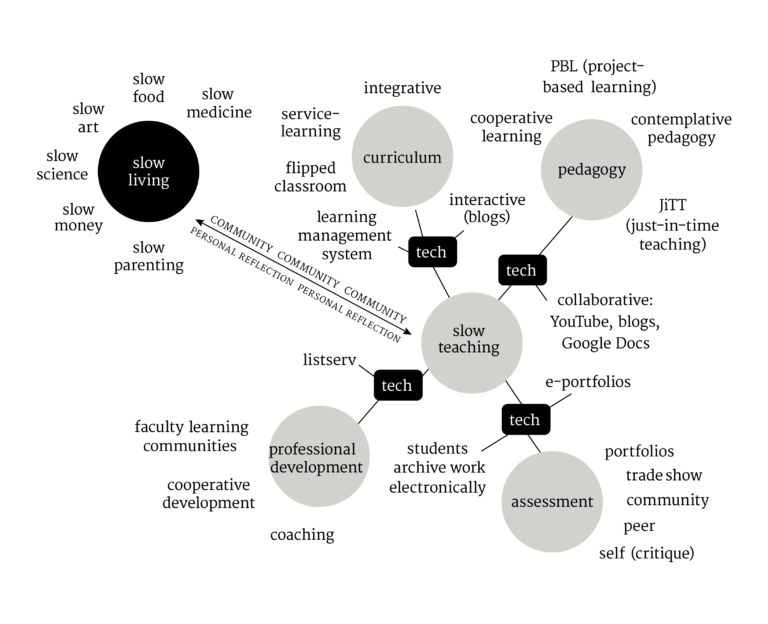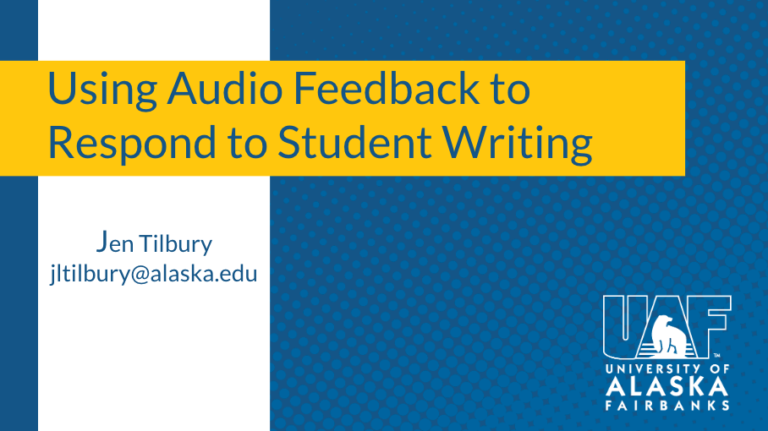Motivating students to connect with course content
In this teaching tip we examine the issue of student motivation regarding class lectures. The examples below are not limited to in-person classrooms. The lecture here, is generalized to mean domain knowledge either presented, curated or delivered from the instructor. Lectures–in this sense–could include articles or textbook passages, videos, derivations of fundamental principles, in class demonstrations as well as the standard lecture.
The problem
Students are not motivated to learn the contents of lectures. What does motivate students is the desire to complete necessary assignments and achieve desirable grades on assessments. Students often view background information from lectures as less than relevant. Unfortunately, they are usually presented with a lecture when least motivated to reflect and apply the contents.
Three Approaches to the Problem
- Put the students in a situation where they will need the information, before actually providing the information.
- Put the information as close to the task as possible.
- Train your students early in the semester to realize that your lectures contain vitally important material.
What form of lecture best approaches this model where the information is right at hand? Van der Meij calls this “work-flow mode.’ 1
- Synopsis text that minimally addresses the task, or indicates a step-by-step approach
- An indexed video that can readily be replayed and navigated, section by section
- A similar “example” task that is completed step-by-step
- A “lab station” worked by you, the instructor, or a knowledgeable upperclassman or teaching assistant.
- In online classes, design the content layout to be proximal and easily accessible to the task.
- Formative assessments that respond to incorrect answers with helpful explanations.
What kind of activities are best conducted before students have necessary background information? Isn’t this backward?
It is unfair to give a final exam on material not covered in the class. But as a form of staging–showing students by example–what they will be expected to do, and at what level of performance this type of activity is an excellent way to increase subsequent lecture material’s importance. Exercises where students can attempt a task in a “safe to fail” environment are good representations of presenting the exercise first, followed by the lecture. Possible activities that could be offered include:
- Simulations where students need to apply conceptual knowledge and make choices, or take calculated actions. The simulation can be run as many times as a student would like.
- Online quizzes that students can retake, multiple times until they get an acceptable score. Incorrect responses include explanations of why the answer is wrong, and where the student can learn the correct response.
Perhaps the best way to motivate students in paying attention to “the lecture’, is make it relevant. Avoid digressions or coverage of material that isn’t directly related to attaining your learning objectives. It’s common to include ancillary material for further reading, or to individual students who have some intrinsic reason to be interested in it, but keep the presentation of domain material focused on what the students need to know in order to complete the unit or course.
Reference
1 Van Der Meij, H. (2007). Goal-Orientation, goal-setting, and goal-driven behavior in minimalist user instructions. IEEE Transactions on Professional Communication, 50(4), 295-305




